Money can be a major stressor. Conducting a personal financial review every quarter (3 months) is a way to protect your financial health. A financial checklist gives you an accurate understanding of your investments, savings, and debts. Knowing where you stand financially can help you avoid worry and stress in the future. Financial reviews each quarter allow you to face financial issues head-on.
The Importance of a Quarterly Financial Checkup
Quarterly review catches reeling debt or costly spending before it’s too late. Addressing changes in your financial situation help you plan ahead.
For example, last quarter you used your credit card to buy a new washing machine. This quarter your savings increased, and you have the resources to repay the credit card balance. The next quarter you’ll save money by keeping a zero balance and your savings might catch up again. A little planning pays off!
Is a Quarterly Financial Review a Time-Consuming Process?
A quarterly financial review isn’t going to take you an entire weekend. After gathering your documents, the process should take about 15 minutes.
Documents You’ll Need
3 Previous months financial statements:
- Checking and savings account statements
- Retirement and investment account statements
- Loan and credit card statements
- Insurance policies
- Credit report
- Last quarter’s financial checklist
6 Steps for a Financial Checkup
- Track progress! Identify what is most important to you when it comes to money and which accounts, you’re frequently using. If you’re saving for a big-ticket item, it’s crucial to look at your savings account to see the progress. How much have you saved? Can you save more?
- Retirement savings. Remember these are long-term investments. Are your savings on target for your retirement needs?
- Investments. Check on how they are performing over an extensive period.
- Monitor your insurance. Are you paying for something you don’t need? Is there a more affordable product? Have they raised your rates? These are all factors to consider. Dollars add up. Review your car, health, life, and home (or renter’s) insurance and each of the coverage amounts, deductibles, and premiums.
- Look from a lender’s perspective by checking your credit report. Your credit report gives the lender an account of your debts, inquiries, and repayments. During this part of completing the quarterly financial checklist, look for mistakes, errors, and other red flags to protect yourself. The big three credit bureaus, Experian, TransUnion, and Equifax provide a free report annually.
- Calculate net worth by subtracting debt from assets. Assets include equity in real estate, car ownership, etc., while debt is defined by credit cards, personal and student loans.
A financial quarterly review is an easy way to wrangle your finances. A proactive stance and a little planning go a long way in financial well-being. Money doesn’t have to be a mystery to you. It takes a little practice and time to understand.




